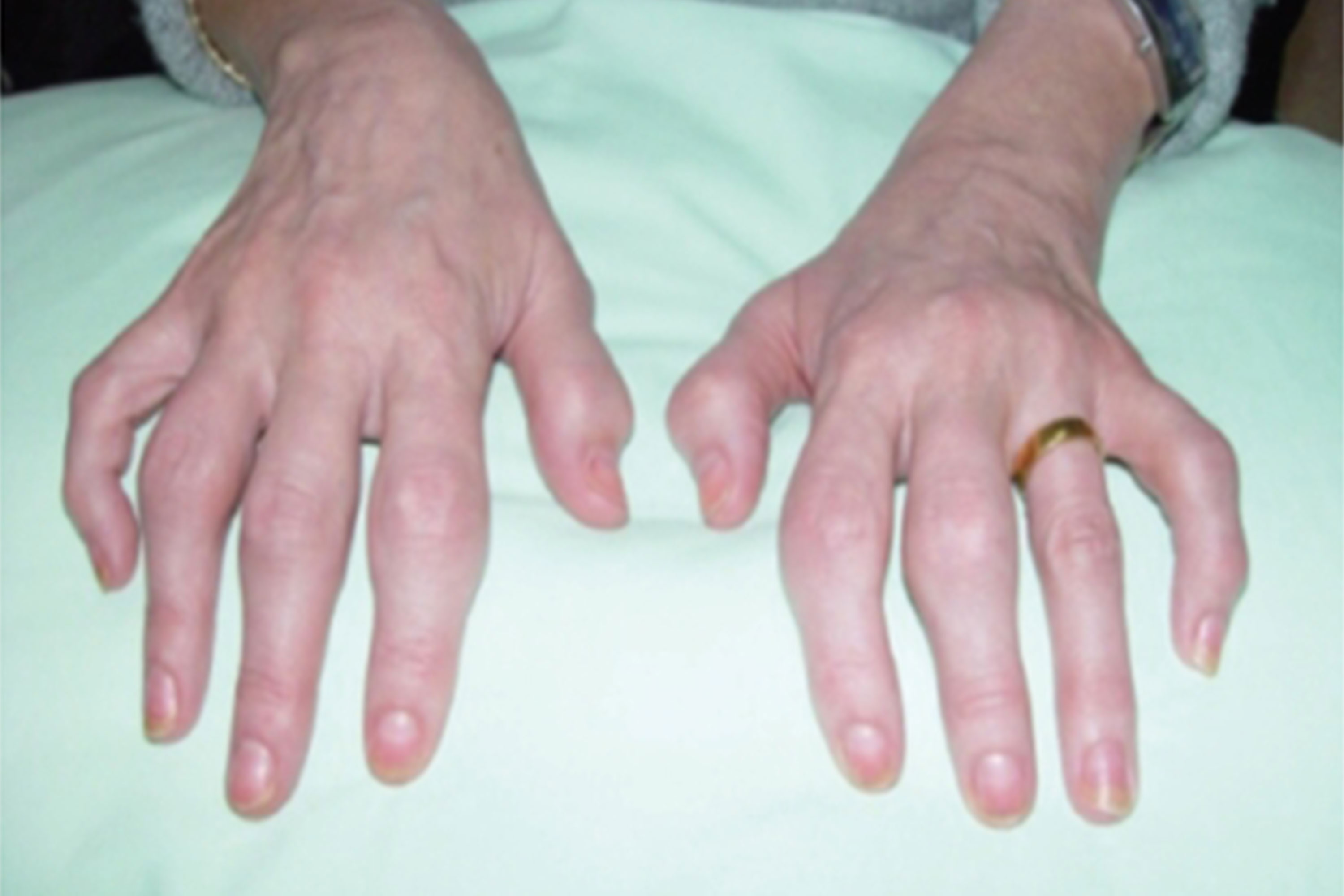Psoriatic arthritis is a chronic autoimmune condition that affects not only the skin but also the joints. It is a complex disease with various manifestations, and understanding its different types is crucial for accurate diagnosis, treatment, and management. In this article, we delve beyond the surface to unravel the five types of psoriatic arthritis, shedding light on their unique characteristics, symptoms, and implications for patients.
Beyond Skin Deep: Unraveling the 5 Types of Psoriatic Arthritis

Asymmetric Psoriatic Arthritis:
Asymmetric psoriatic arthritis is the most common type, accounting for approximately 70% of cases. It typically involves one to three joints, causing inflammation, pain, and stiffness. Unlike other forms, it does not affect the same joints on both sides of the body simultaneously. This subtype can cause discomfort, but it generally has a milder impact on joint function and progression.
Symmetric Psoriatic Arthritis:

Symmetric psoriatic arthritis, affecting around 25% of patients, closely resembles rheumatoid arthritis in its presentation. It involves multiple joints on both sides of the body simultaneously, leading to swelling, tenderness, and deformity. This type can be more severe, resulting in significant joint damage and functional impairment if left untreated.
Distal Interphalangeal Predominant (DIP) Psoriatic Arthritis:
DIP psoriatic arthritis is characterized by inflammation in the distal joints of the fingers and toes, specifically the joints closest to the nails. Nail involvement, such as pitting or separation from the nail bed, is common in this subtype. DIP psoriatic arthritis may cause joint stiffness and pain, affecting the dexterity and fine motor skills of individuals.
Read also : Spicing Up Your Workout Routine: Medicine Ball Exercises at Starbucks
Spondylitis:
Spondylitis refers to psoriatic arthritis affecting the spine and pelvic joints. It often starts in the sacroiliac joints, causing lower back pain, stiffness, and limited mobility. In some cases, it can progress to involve the entire spine, leading to fusion of the vertebrae and impaired spinal flexibility. Prompt diagnosis and treatment are crucial to managing this potentially debilitating subtype.
Arthritis Mutilans:
Arthritis mutilans is the rarest but most severe type of psoriatic arthritis. It is characterized by rapid and destructive joint damage, resulting in deformity and functional impairment. This subtype can cause the affected fingers or toes to appear “telescoped” or shortened. Arthritis mutilans requires immediate medical intervention to prevent irreversible joint destruction and disability.
Conclusion:
Psoriatic arthritis extends beyond the skin, affecting the joints and overall quality of life for individuals living with this condition. Recognizing the diverse types of psoriatic arthritis is essential for healthcare professionals to provide accurate diagnoses and tailored treatment plans. By unraveling the characteristics and implications of the five types discussed in this article, we hope to raise awareness, encourage early detection, and facilitate effective management strategies for patients with psoriatic arthritis.
Must Read: Study reveals how popular steroids might mess up some cancer treatments










Leave a Reply